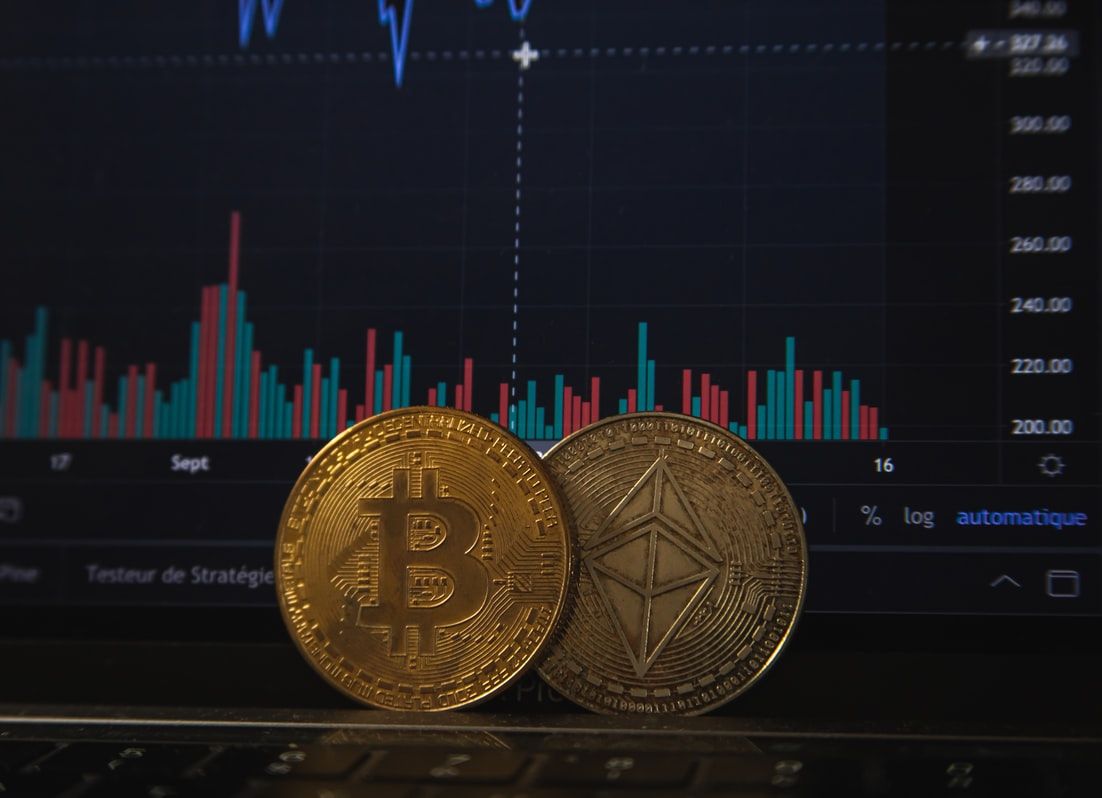After a 15% drop in the last two weeks, Bitcoin (BTC) appears to be stabilising. The cryptocurrency has so far maintained the support of over $37,000, which is comparable to what happened in early March.
Also Read| Trending Stocks: Mindtree, TVS Motor, Wipro, SBI and others in news today
Despite the recent price decline, the relative strength index (RSI) on the four-hour chart is climbing from oversold levels. This could indicate a bullish trend toward the $45,000 resistance area.
Also Read| Stocks that should be on your watchlist on Tuesday, April 19, 2022
Nonetheless, during the last few months, BTC has maintained a tight trading range around the $40,000 price level. To suggest a price rebound outside of the present trading range, a positive momentum signal on the daily chart is required.
Also Read| Fuel price today: Petrol and Diesel rates remain unchanged on April 19, 2022
BTC is holding long-term support above its 100-week moving average around $35,700 on the weekly chart. Positive momentum readings are still positive in the medium term, despite bearish warnings on the monthly chart.
Also Read| Crypto Fear and Greed Index on Tuesday, April 19, 2022
Bitcoin fear and greed index on Tuesday, April 19, 2022, went from the extreme fear level of 24 to the fear level of 27 as per the alternative. me. The Fear and Greed index is a technique for assessing investors’ emotions toward the market.
Also Read| US Stock Market: DJIA, S&P500, Nasdaq and Russell ended in red on Monday
Bitcoin is currently trading at $40,788.97, up 4.54%. In the last 24 hours, the highest it touched was $41,146.89 and the lowest was $38,696.19. Bitcoin has a current market cap of $775,482,560,693. It has a circulating supply of 19,015,725.00 BTC coins and a maximum supply of 21,000,000 coins.
Also Read| FII & DII data: FPI sold shares worth Rs 6387 crore on Monday, April 18, 2022
Money laundering and terrorism financing are two biggest risks of cryptocurrency: Finance Minister
The main concern cryptocurrencies represent, according to India’s finance minister Nirmala Sitharaman, is their ability to aid in terror financing, and the digital coin can also be used for money laundering. The finance minister was speaking at a seminar at the International Monetary Fund’s (IMF) spring meeting, which is now underway. Sitharaman also mentioned how India’s startup environment has grown in recent years during a discussion. The finance minister is on a visit to the United States to attend a meeting of G20 finance ministers and central bank governors (FMCBG) as well. “The biggest risk for all countries across the board will be the aspect of money laundering and that of such currency being used for financing terror,” Sitharaman said while speaking at the seminar during the ongoing spring meet of the IMF. “I think regulation using technology is the only answer. Regulation using technology will have to be so adept, that it has to be not behind the curve, but be sure that it is on the top of it. And that’s not possible. If any one country thinks that it can handle it. It has to be across the board,” said Sitharaman during her address.
Also Read| Trade Setup: Top 15 things to know before market opens on April 19, 2022
After tying the country to a $625 million hack, US government issues a warning about North Korean crypto attacks
Several U.S. government organizations jointly warned on Monday of the threat posed by cryptocurrency thefts and tactics used by the North Korean state-sponsored group known as Lazarus Group. The FBI, the Cybersecurity and Infrastructure Security Agency (CISA) and the U.S. Treasury Department said other names for the group include APT38, BlueNoroff and Stardust Chollima. The warning comes after the Treasury Department tied Lazarus to a $625 million theft of cryptocurrency from the Ronin bridge linked to the popular play-to-earn game Axie Infinity. The U.S. government said it had observed North Korean cyber actors targeting a wide range of crypto and blockchain companies, including “cryptocurrency exchanges, decentralized finance (DeFi) protocols, play-to-earn cryptocurrency video games, cryptocurrency trading companies, venture capital funds investing in cryptocurrency, and individual holders of large amounts of cryptocurrency or valuable non-fungible tokens (NFTs).”







